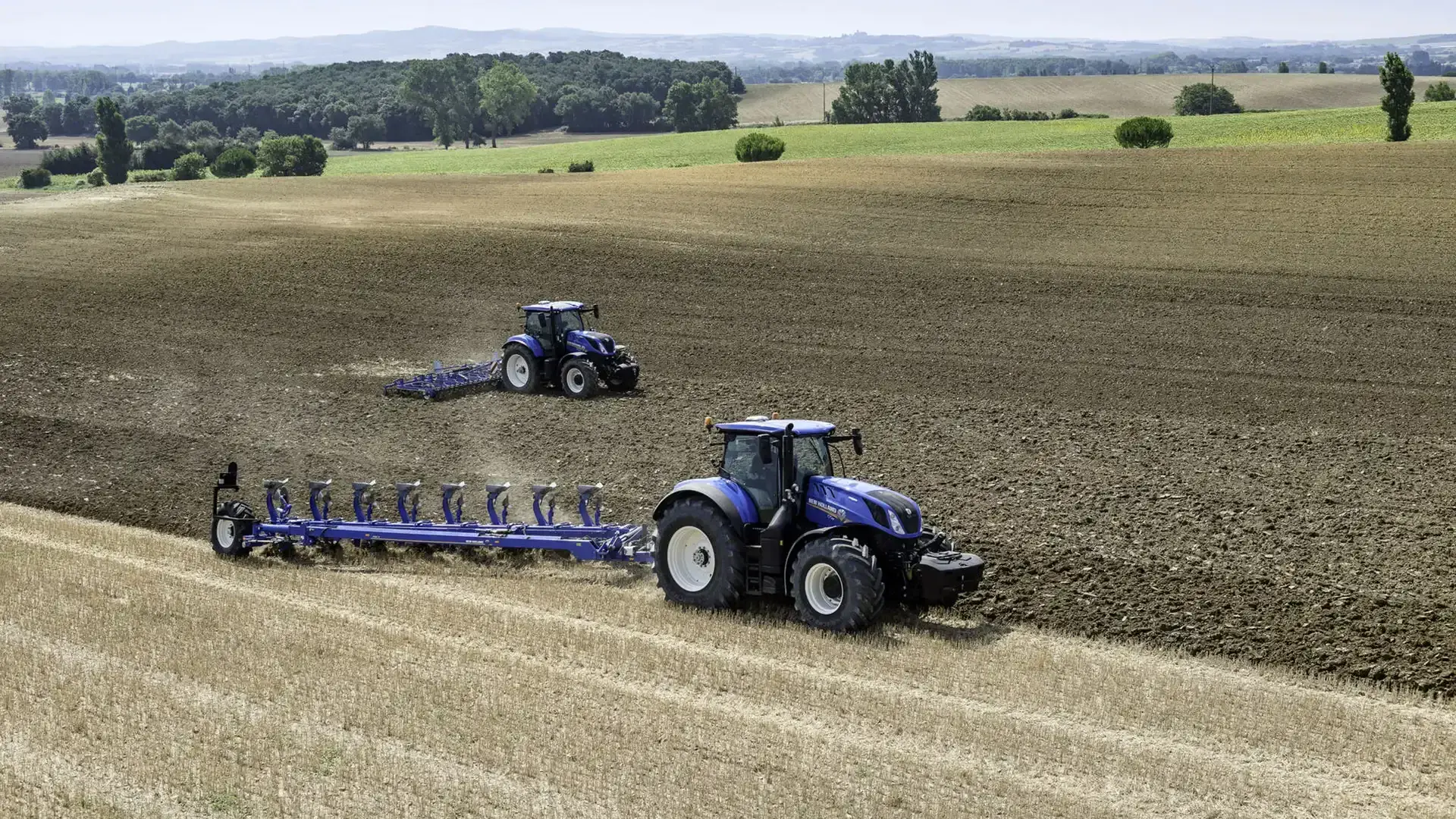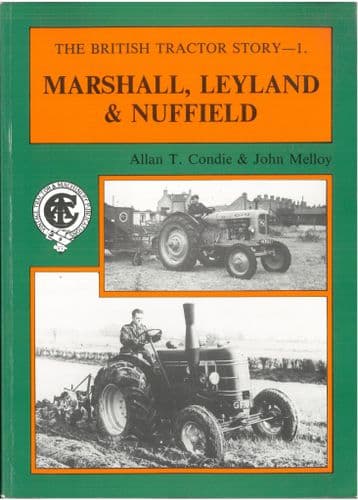
Ploughing might seem like an old-school task - just turning over soil? But ask any farmer or competitive ploughman and they’ll tell you: there’s a real art to it. Whether you're doing it for a healthy crop or a shiny trophy, a well-ploughed field sets the tone for everything that follows. And funny enough, both pros and ploughing enthusiasts often reach for the same tool before they even hit the field: the instruction manual.
Ploughing for Competition: Precision Over Power
Ploughing competitions aren’t just about tractors and straight lines (though those help!). They're about precision. Judges look at everything—from the evenness of the furrows to the neatness of the headland turns. The plough needs to be set just right, the depth has to be consistent, and you better believe they’re checking how well the sods are buried.
Most serious competitors use detailed manuals or guides for their specific plough and tractor setup. These manuals cover everything: how to adjust the skimmers, tweak the levelling box, or set the correct depth wheel height. It’s not guesswork—it’s engineering with soil.
And of course, competitors spend hours practicing. They walk the field, check soil conditions, and adjust based on what they see. Is the soil wet? is it dry? Adjustments for winning results need to be made. It’s an art.
Commercial Ploughing: Still Needs Skill
Now swing over to the commercial side of things, and it’s less about medals and more about margins. A well-ploughed field leads to better drainage, easier cultivation, and fewer weeds. But commercial farmers don’t have time to go for style points—they need efficiency and results.
Still, a sloppy ploughing job can cost time and yield. That’s why many working farmers also use manufacturer manuals to dial in their equipment. The difference between a field that’s properly turned over and one that’s half-baked can mean extra passes with a cultivator, poor seedbeds, and wasted fuel.
Today’s modern ploughs often come with tech-friendly features—hydraulic controls, adjustable depth sensors, and even GPS integration. But even with all that, you still need to know your conditions and your machine. That’s where experience pays off and the manual earns its keep.
After the Plough: Cultivating the Future
Once the field is ploughed, the job’s not done. Freshly turned soil needs to settle, and depending on your system, you might follow up with a disc harrow, power harrow, or tine cultivator. The goal? Create a fine, level seedbed where crops can thrive.
In a competition, you stop after the last furrow. But in real life, that’s when the next phase begins. You manage compaction, break up clods, and prepare for sowing. Some farmers even sow cover crops into the ploughed land to protect soil structure before the main crop goes in.
Final Thoughts: Manuals, Mud, and Mastery
Whether you’re out there for a trophy or a bumper crop, good ploughing is a craft. It’s a blend of machine setup, soil knowledge and patience. And yes, it often starts with flipping open a manual—because even the most experienced hands know there’s always something to tweak.
So next time you see a neatly turned field, remember: someone didn’t just drive up and down the field and hope for the best. They read, they adjusted, they practiced. And they probably got a bit muddy doing it.
https://www.agrimanuals.com/plough-manuals-43-c.asp
https://www.agrimanuals.com/cultivator-and-subsoiler-manuals-111-c.asp

